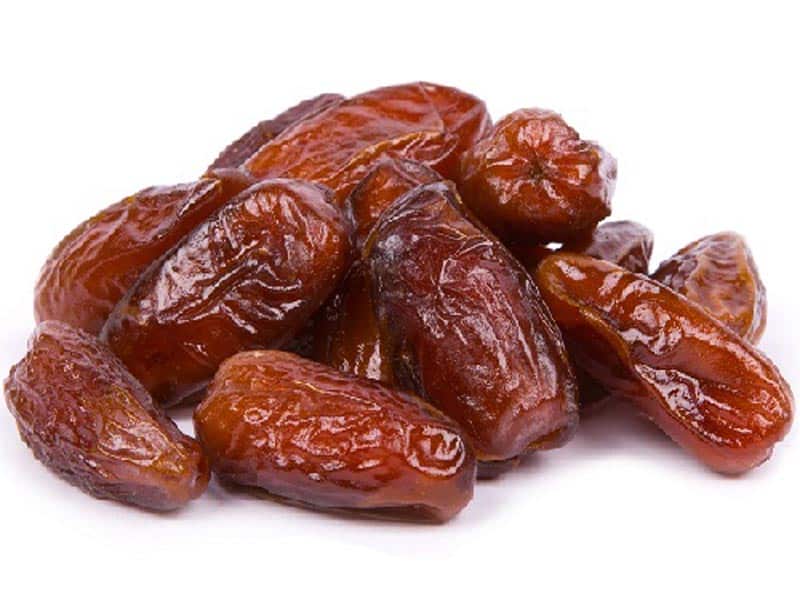What Is Vinyasa Yoga and What are It’s Benefits?
Yoga is composed of postures, each offering its own benefits to the body and mind. However, not all Yoga postures are static in nature. Vinyasa Yoga is a form of Yoga which is opposite in nature to Bikram Yoga. Vinyasa Yoga, also called “Flow Yoga”, is made of a string of postures performed one after the other continuously. The unique feature of Vinyasa Yoga is that there is no defined or fixed sequence of postures. It can vary from time to time and hence, you will notice that no classes of Vinyasa Yoga session are the same. In this article, we shall learn about Vinyasa Flow Yoga, its benefits and tips to perform it well.

What Is Vinyasa Yoga and How Did It Originate?
Vinyasa yoga is a dynamic form of Yoga that does not consist of static Asanas but instead consists of one asana transitioning into another in a flow, like a dance. This interval of transition is equal to length of one inhale or exhale. So, basically, one need to synchronize breathes and moves. For this same reason, vinyasa yoga is also called as flow yoga. The best part about this form of yoga is its diversity and lack of a particular sequence or format. So, one can actually personalise it and enjoy it under some trained practitioner.
Vinyasa Yoga is originated from Hatha Yoga and was born from the Ashtanga School established by Sri Krishnamacharya. This was later embraced by the westerns and made it the most popular form of Yoga.
Forms of Vinyasa Yoga:
There are different forms of Vinyasa Yoga, those being:
- Anusara
- Ashtanga
- Bikram/Hot Yoga
- Forrest
- Jivamukti
- Moksha/Modo
- Power Yoga
This style of yoga was made popular by K. Pattabhi Jois. A standard vinyasa yoga session consists of 10 surya namaskaras. Sun Salutations is best done facing the sun during sun rise or early morning hours. It helps us soak in sun rays and get our daily punch of vitamin D. This asana when done regularly, leads to improved posture, stretches muscles and helps in losing unwanted flab. It helps in relieving anxiety. Then comes some standing asanas. This is followed by back-bending sequence and then a set of inverted asanas. Practice always ends with savasana.


















